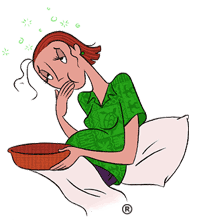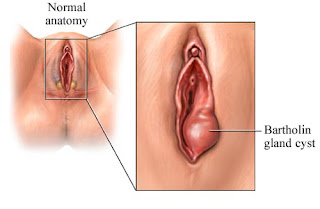Nursing Care Plan for Hyperemesis Gravidarum

Hyperemesis gravidarum (HG) is a severe form of morning sickness, with "unrelenting, excessive pregnancy -related nausea and/or vomiting that prevents adequate intake of food and fluids." Hyperemesis is considered a rare complication of pregnancy but, because nausea and vomiting during pregnancy exist on a continuum, there is often not a good diagnosis between common morning sickness and hyperemesis. Estimates of the percentage of pregnant women afflicted range from 0.3% to 2.0% Nursing Assessment for Hyperemesis Gravidarum Activity / rest Systolic blood pressure decreases, pulse rate increased by more than 100 times per minute. Ego Integrity Interpersonal family conflicts, economic difficulties, changes in perception about the conditions, unplanned pregnancies. Elimination Changes in consistency; defecation, increased frequency of urination Urinalysis: increased concentration of urine. Food / fluid Excessive nausea and vomiting (4-8 weeks), epigastric pain, weight loss ...


